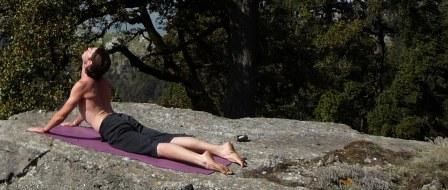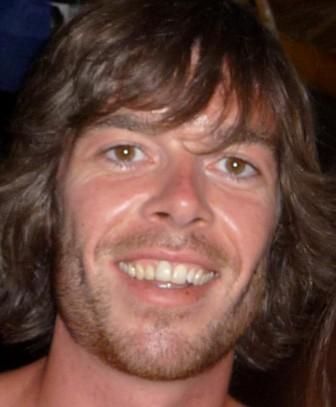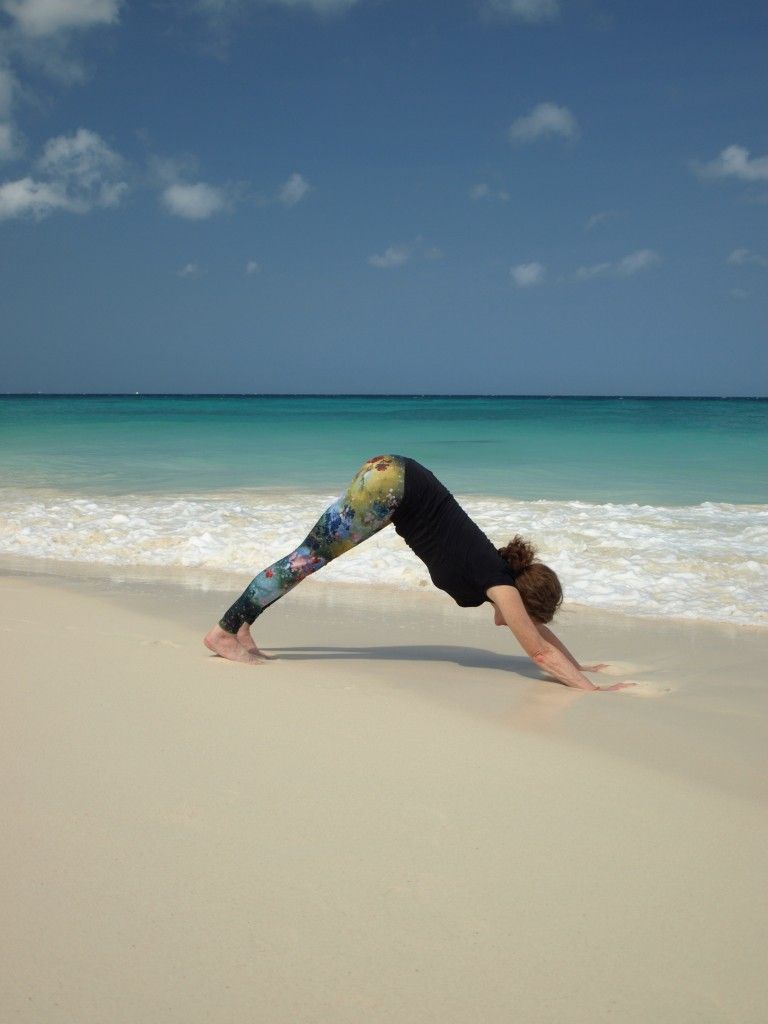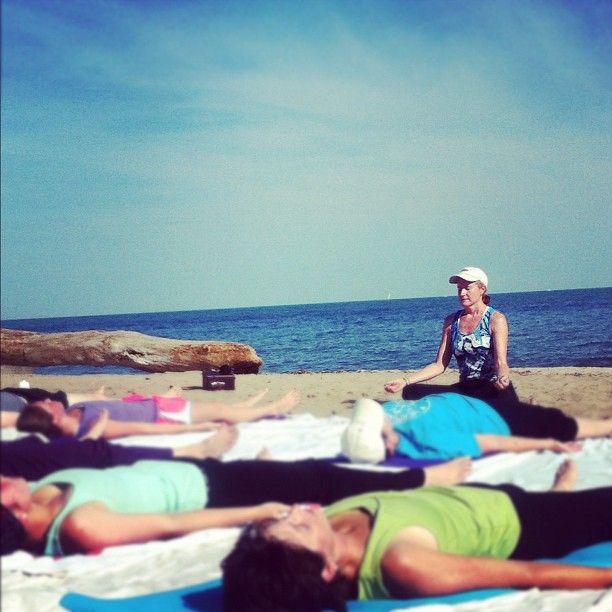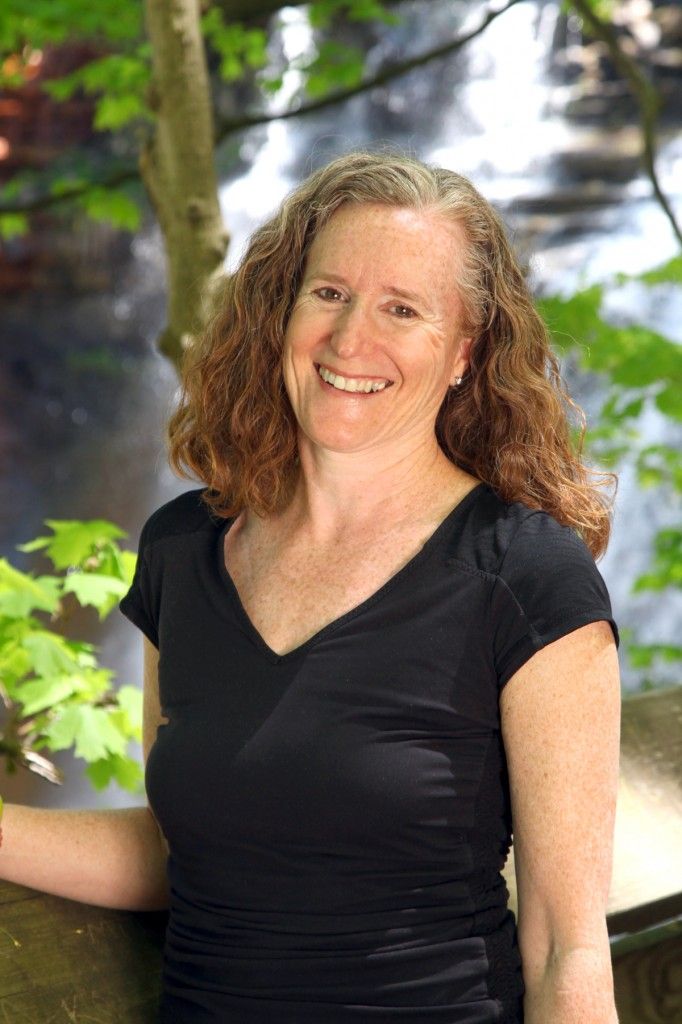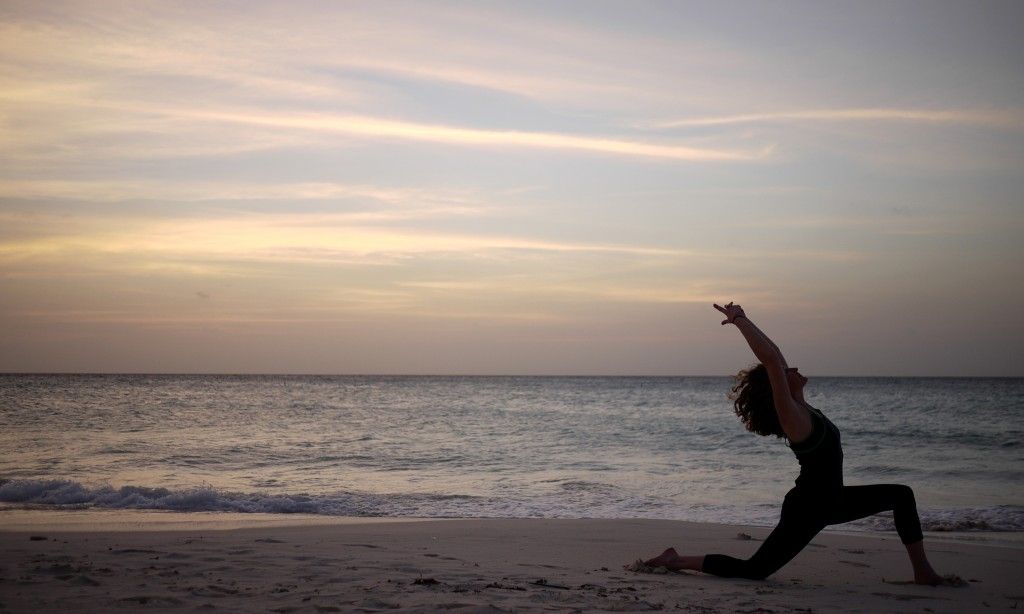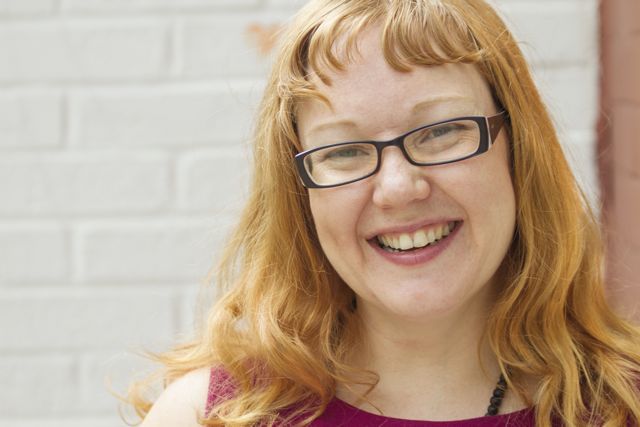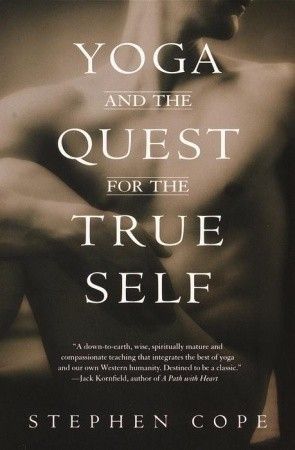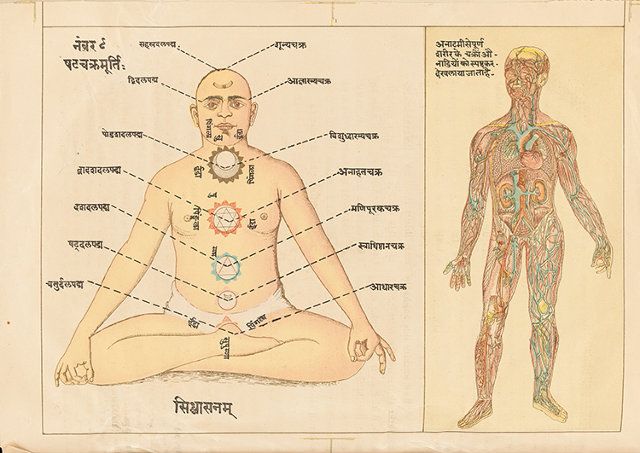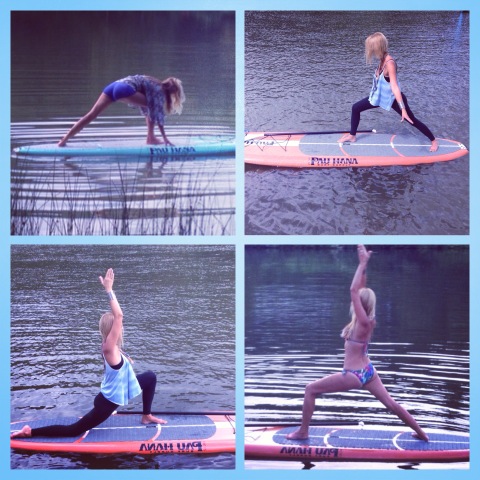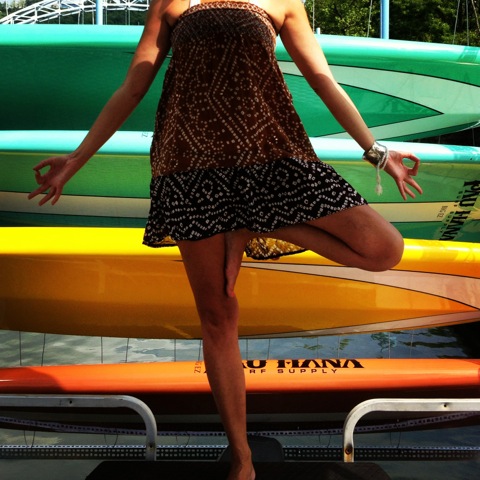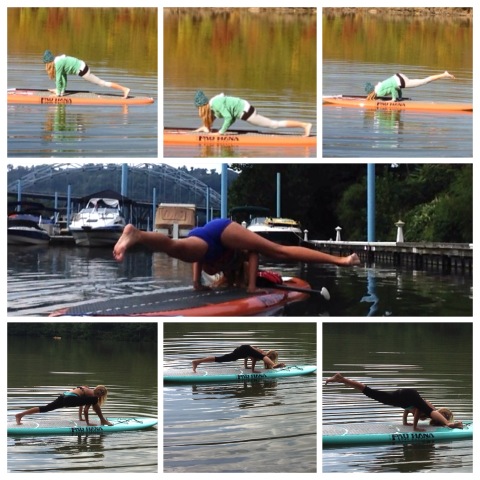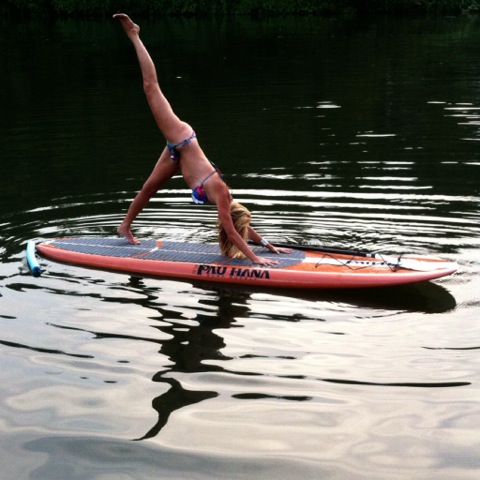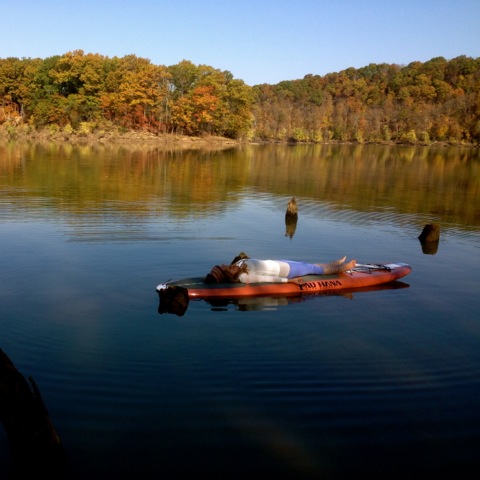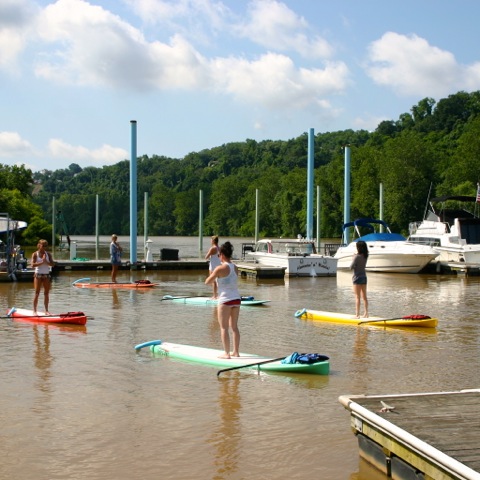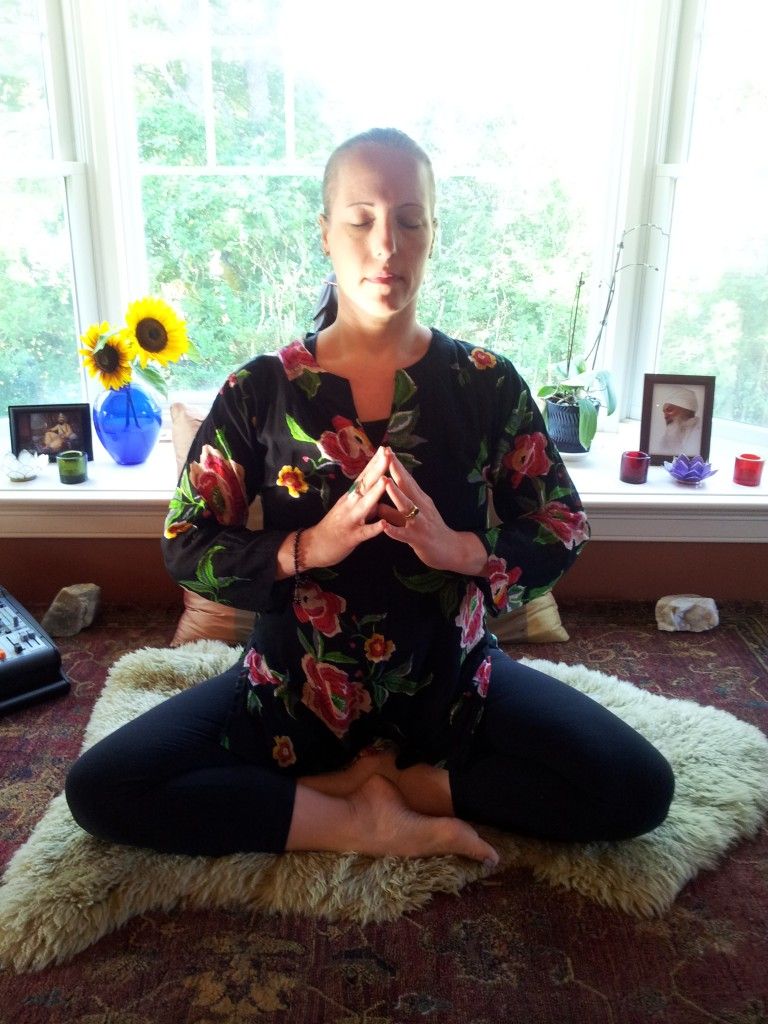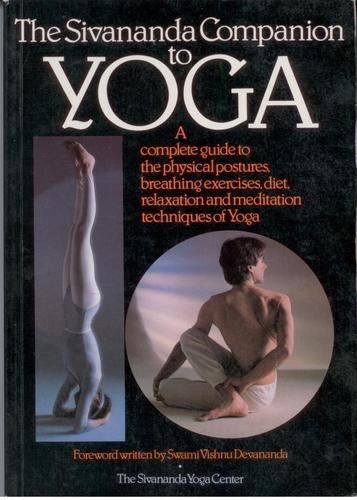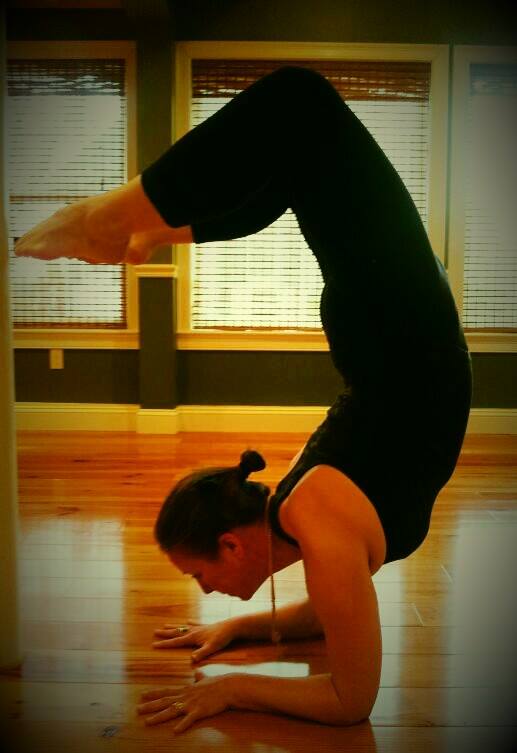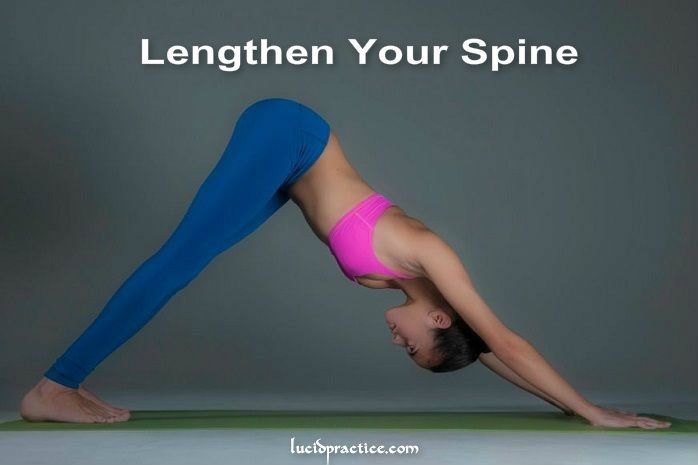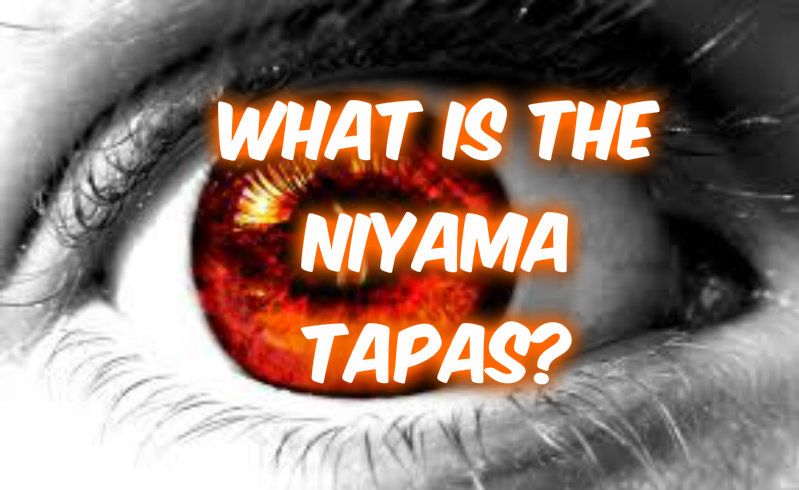
Yamas and Niyamas Discussion: Tapas and Yoga
Yamas and Niyamas Discussion: Tapas and Yoga
The yamas and niyamas Overview:
The Yamas and Niyamas are the first two limbs of Patanjali’s Yoga Sutras — this post will discuss the niyama called tapas. The yamas and niyamas can accurately be described as ten guidelines to purifying life and reaching true freedom and mental emancipation.
The Niyamas Overview:
The Sanskrit word Niyama can be translated to mean “guideline.” There are five niyamas that Patanjali passed down in his Yoga Sutras which is what most scholars agree to be the most oldest, most instructive yogic text. Our teacher, Rory Trollen recently wrote a terrific post for the Lucid Practice community on one of the five Niayamas, Tapas. Here it is:
An Introduction to the Niyama called “Tapas”
Sadhana Pada, Sutra 43 in Patanjalis Yoga Sutras:
(Sanskrit) kaya indriya siddhih asuddhiksayat tapasah
(English translation) Self discipline (tapas) burns away impurities and kindles the spark of divinity.
A start to the new year often thrusts upon us a ravenous hunger for change, often panicky and knee jerk…results must be gained now!
I’ve taught Yoga full time for 7 years and I can tell you that boom time business wise is January every year…why? You probably guessed it – New Years resolutions. The new calendar tells us that it’s time for re birth, resurrection and change! “If I sign up for 30 Yoga classes I’ll go to them all”, “if I sign up for year at the gym I’ll go 4 times a week”…just because you wrote your name (“yes that’s me, the new owner of…the new me!”), signed on the dotted line and paid some hard earned cash doesn’t necessarily mean that your festive chrysalis will metamorphose into a new years butterfly, you can’t buy will power. I’ve seen people try and try and buy and buy, consumerism is far removed from the realms of evolution and personal growth.
Willpower is free, there is an ocean of the stuff at our disposal and to borrow an old Tibetan proverb that encapsulates our current dilemma “some people die of thirst whilst sitting at the edge of a lake”. We must tap into this reservoir of mightiness. How is this done? By borrowing a strategy, a secret from the ancient system of Yoga that has stood the test of time, vanquished forgotten resolutions and broken promises – we must make and take a Tapas. (Sadly not at your local Spanish eatery…a restaurant critic, I am not).
What is Tapas? An ancient practice of strengthening ones willpower and self discipline, to create true synergy between goal setting and goal achieving, as far as I believe first documented by Maharishi Patanjali 2,500yrs ago in his Yoga Sutras. A Yogi would take a Tapas, most probably several over a lifetime as acts of austerity, to strengthen resolve, to build fitness physically, emotionally and spiritually…to a point where everything (that being no-thing) is Realised.
Applying Tapas to Goals
Whatever ones ambition from sensory to extra sensory, tapas is a strategy and an age old practice that works, and here’s how it does:
For the most part the mind works very simply, if I think to myself “I’m going to have a drink of water”. I pick up the glass, I have a drink. The mind registers that as a win – I set out what I was going to achieve. My will power is actually galvanised by that, albeit in a very small way!
However if I say “I’m going to go for a yoga class/meditation/gym session/run” and I don’t, my will power also remembers that and registers it as a loss. When that happens, two things usually occur, we chastise ourselves for failing, engage in a bit of domestic abuse (yes, your own inner dialogue) and set a higher more demanding next mission that our now flabby willpower will laugh at in it’s state of lethargy…and we fail again….repeat pattern over years and we have the once magnificent Samurai becoming the simple Jellyfish.
If we equate will power to a muscle, and we wish to train and strengthen said muscle from it’s atrophied/inert state we work to training slowly, gradually, progressively. We start with light weights and gradually build up….if we start with the big heavy stuff we injure ourselves and success is thwarted. We must learn to walk before we can run.
This is Tapas; we set ourselves goals that yes will challenge us but we know we can attain. We start small over finite periods of time and slowly build our power of will to a point that we achieve exactly what it is we say we will do, we move from talking the talk to walking the walk.
How Tapas Can Help Develop your Home Practice
So let’s say you want to build a Yoga self practice but have never succeeded because procrastination always vanquishes action….you start with a Tapas like “6 days a week for the next month, I’ll stand at the end of my Yoga mat, lift my arms up over head on an inhale, look to my thumbs and bring my hands back to heart centre on an exhale”. That is your Tapas potentially.
What will that do? Well from experience I know that most probably you will do that because it’s easy, and what’s more the chances are that you’ll end up doing maybe even a forward fold and hey while I’m at it and there’s no pressure to do lots I’ll do a cheeky wee plank pose…that was easy you say…I might do a wee down dog…etc etc….
What started as a 5 second practice turns into a minute long practice….you’re will power has just registered that as a win! You give yourself a suitable pat on the back and look forward to tomorrows practice…and most probably you’ll end up doing that little bit more. I guarantee you when the self created pressure is off it’ll be easier to do what you set out to do….the background aspiration to push things forward is always there but the feeling of obligation isn’t.
It works.
As you successfully complete each Tapas you set the next one will be that little bit more challenging and progressive but now that your willpower is playing ball it’ll be that little bit easier to achieve.
Five Guidelines for taking a Tapas:
- Be specific (the goal ‘to attain enlightenment by June’ is not a Tapas nor a strategy) you have to make it practical and progressive
- Dedicate your Tapas to an aspect of divinity that inspires you: Shiva/Buddha/Ganesha etc…it transcends a simple promise or New Years resolution
- Set it for a finite period of time 1-2 weeks in the beginning, longer as you find your willpower growing
- Write it down and be detailed, “6 days a week for the next 3 weeks I will sit down for a 2 minute breath awareness meditation, at the end of 3 weeks I’ll review my Tapas”
- Don’t talk about what your doing to people, just do it! This is a pact between your self and the higher Self.
Yamas and Niyamas, Tapas:
This is a very simple yet very effective system towards building inner strength, will power and emotional fitness. I personally have used this system for years and probably will forever more. Without setting my first Tapas many moons ago I’d probably still be talking about self evolution as opposed to actually partaking in it.
Leave questions/comments in the comments section, happy to hear your take on Tapas and/or to help you set your first Tapas! Onwards and ever upwards!
~Rory
This post was written by our teacher, Rory Trollen. Rory is simply an amazing person and teacher. Rory has altered our life’s path — he’s had an enormous positive impact on us through his teachings. Rory will be contributing to Lucid Practice on a regular basis, sharing his lucid insights on yoga and life. Rory will be contributing an article to the Lucid Practice Community about once per month. You can read his previous article here:
- Rory on Svadhyaya (self study)
Here’s what we’d like to hear in the comments section:
Tell us about your life experiences in building willpower.
Will you set your first tapas??


